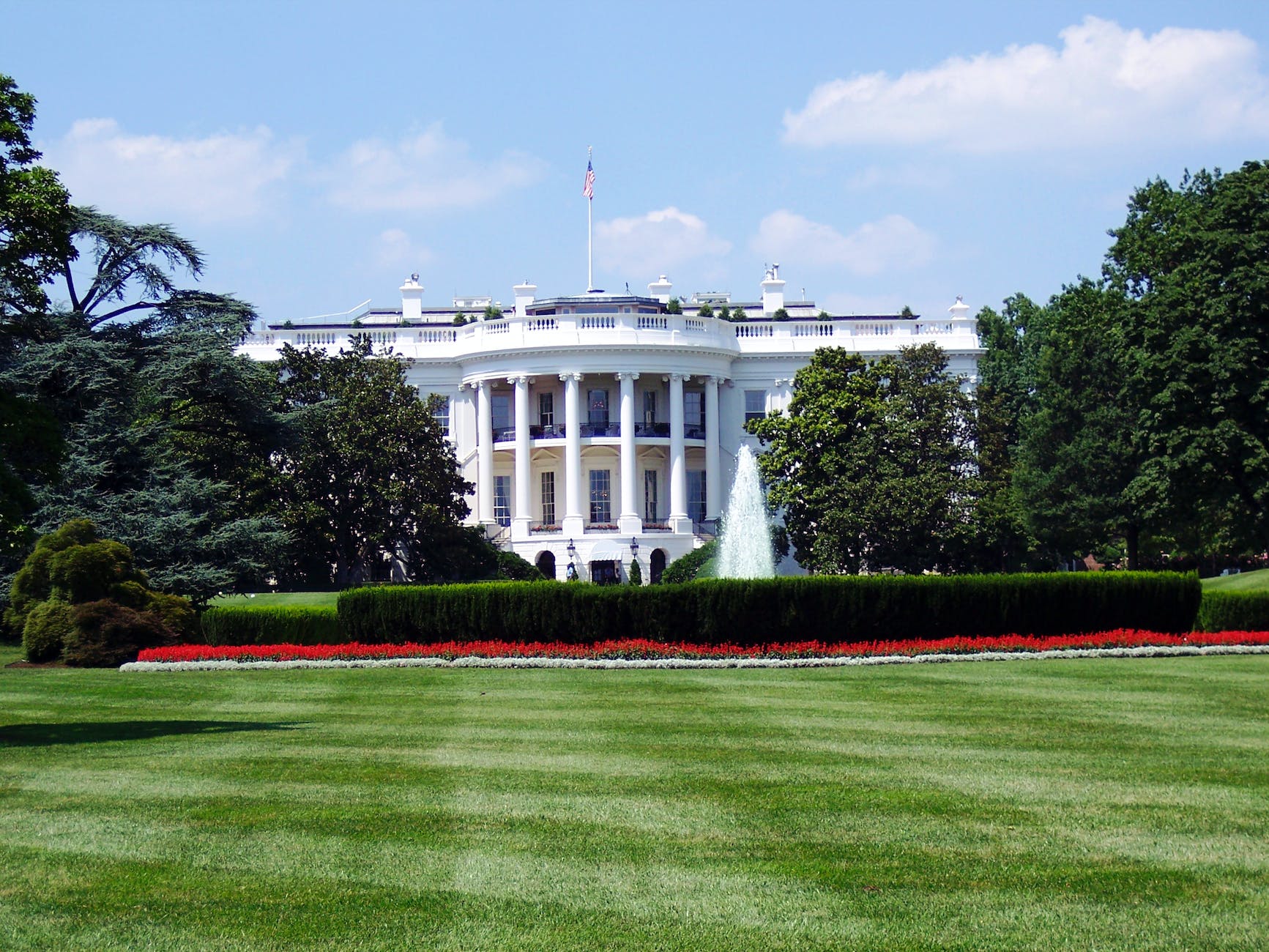In today’s globalized world, businesses are operating in an interconnected and interdependent global economy. The process of globalization has enabled companies to reach out to new markets, increase their customer base, and improve their profits. However, the globalization of markets has created challenges for businesses, particularly in terms of managing political risks.
Political risks refer to the potential impact of political events and decisions on a company’s operations and profits. These risks can arise from a variety of factors, including changes in government policies, civil unrest, natural disasters, and terrorism. The complexity of these risks can vary significantly from one country to another, and the political environment can be unpredictable and difficult to navigate. Therefore, businesses that operate in multiple countries must be aware of the political risks they face and develop strategies to mitigate them.
In this article, we will discuss how businesses can manage political risks in the globalization of markets. We will provide a step-by-step guide to help businesses identify and assess political risks, develop a risk management plan, build relationships with key stakeholders, and monitor political risks continuously.
Step 1: Identify and Assess Political Risks
The first step in managing political risks is to identify and assess them. Businesses must analyze the political climate of the countries in which they operate or plan to operate. This analysis should consider factors such as the stability of the government, the country’s legal and regulatory environment, and its level of corruption.
Once a business has identified potential political risks, it should assess the impact of these risks on its operations and profits. This assessment should consider factors such as the size of the market, the level of competition, and the potential impact on supply chains. The risks identified should be prioritized based on their potential impact and likelihood of occurrence.
In addition, businesses must assess their own vulnerability to political risks. This assessment should consider factors such as the industry in which the company operates, the company’s size, and its financial resources. Companies that are heavily reliant on a single market or supplier are likely to be more vulnerable to political risks.
Step 2: Develop a Risk Management Plan
The next step in managing political risks is to develop a risk management plan. This plan should outline the measures that the business will take to mitigate the impact of political risks on its operations and profits.
One key element of a risk management plan is to establish contingency plans. These plans should identify alternative suppliers and distribution channels in case of disruptions to the supply chain. Additionally, businesses should establish a crisis management plan to deal with potential threats such as natural disasters, civil unrest, or terrorism.
The risk management plan should also include measures to minimize the company’s exposure to political risks. These measures may include diversifying the company’s operations across different markets and suppliers, maintaining strong relationships with local partners, and investing in insurance policies that cover political risks.
Step 3: Build Relationships with Key Stakeholders
Building relationships with key stakeholders is an essential part of managing political risks. These stakeholders may include government officials, local communities, and business partners.
By building relationships with these stakeholders, businesses can gain a better understanding of the political climate and the potential risks. Additionally, businesses can develop partnerships with local companies and communities, which can help them navigate the local business environment.
For example, a company operating in a foreign market may establish partnerships with local businesses and community leaders to gain a better understanding of the political and cultural environment. This approach can help the company navigate the local business environment, minimize political risks, and build trust with local stakeholders.
Step 4: Monitor Political Risks
The final step in managing political risks is to monitor them continuously. Businesses should stay up-to-date on political developments in the countries in which they operate. This monitoring should include tracking changes in government policies, shifts in public opinion, and potential threats such as natural disasters or civil unrest.
By monitoring political risks, businesses can adjust their risk management plans accordingly and take proactive measures to mitigate potential risks.
In addition, businesses should also monitor their own operations to identify any potential risks. This monitoring should include tracking supply chain disruptions, monitoring the financial performance of key suppliers, and identifying any changes in the competitive landscape.
FAQs
Q: Why is managing political risk important in the globalization of markets?
A: Managing political risks is important because it can have a significant impact on a company’s operations and profits. Failure to manage political risks can result in disruptions to the supply chain, loss of customers, and damage to the company’s reputation. By managing political risks, businesses can minimize their impact and continue to operate successfully in the globalized market.
Q: How can businesses identify political risks?
A: Businesses can identify political risks by analyzing the political climate of the countries in which they operate or plan to operate. This analysis should consider factors such as the stability of the government, the country’s legal and regulatory environment, and its level of corruption.
Q: What are some measures that businesses can take to minimize exposure to political risks?
A: Businesses can take measures to minimize their exposure to political risks by diversifying their operations across different markets and suppliers, maintaining strong relationships with local partners, and investing in insurance policies that cover political risks.
Q: Why is it important to build relationships with key stakeholders?
A: Building relationships with key stakeholders is important because it can help businesses gain a better understanding of the political climate and potential risks. Additionally, businesses can develop partnerships with local companies and communities, which can help them navigate the local business environment, minimize political risks, and build trust with local stakeholders.
Managing political risks is an essential part of operating in a globalized market. Businesses must identify and assess potential risks, develop a risk management plan, build relationships with key stakeholders, and monitor political risks continuously. By taking proactive measures to manage political risks, businesses can minimize their impact and continue to operate successfully in the globalized market.



